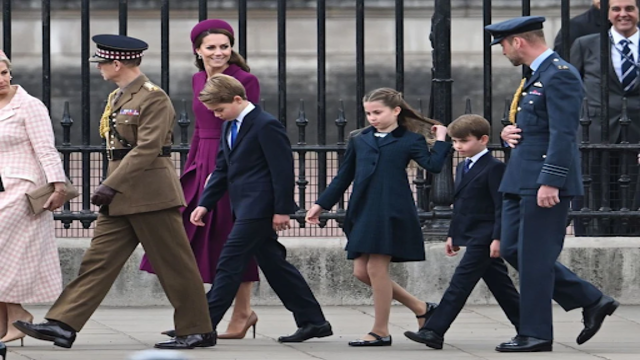
A drone from Airlift Technology in operation. (Airlift Technology Pvt. Ltd. via CNN Newsource)
At the top of the world, surrounded by glaciers and towering peaks, Mount Everest has long been a place where silence dominates. But this year, that silence is often interrupted by something unexpected: drones flying through the sky.
Milan Pandey, a drone pilot from Airlift Technology, is helping to bring a significant change to climbing on Everest. From Base Camp, he can use drones to transport equipment like ladders, ropes, and oxygen cylinders to Sherpas at Khumbu Icefall, a tricky glacier section between Base Camp and Camp One. These drones could save lives by making these dangerous climbs safer and quicker.
Sherpas have been navigating Everest for decades, setting the trails for climbers. They often face dangerous conditions, and many have lost their lives doing so. Pandey believes that combining drones' technical abilities with Sherpas' expertise will make it safer to climb the world’s highest peak.
Base Camp sits at about 5,364 meters (17,598 feet) above sea level, and Camp One is at 6,065 meters (19,900 feet). Sherpas typically take about six to seven hours to travel the 1.8-mile distance between these points. In contrast, drones can complete the trip in just six to seven minutes.
Mingma G Sherpa, from Imagine Nepal, understands the challenges on Everest all too well. In 2023, he lost three friends in an avalanche, and their bodies could not be recovered. He saw how drones were being used in China for similar challenges and wondered why they couldn’t be used in Nepal too.
Around the same time, Raj Bikram, CEO of Airlift Nepal, worked with local officials to bring drone technology to Everest. In April 2024, with drones donated by China’s DJI, Airlift started experimenting with drones at Everest Base Camp. Despite the harsh conditions, such as cold temperatures, low visibility, and strong winds, the drones proved effective. They were even used to help clean up the mountain by carrying down 1,100 pounds of trash from Camp One to Base Camp.
For the 2025 climbing season, Airlift will assist Sherpas with transporting equipment before the season starts and picking up trash during the season. Sherpas send coordinates via walkie-talkies, and Pandey uses the drones to deliver the necessary equipment. The drones can also transport life-saving items like oxygen and medicine.
However, operating drones on Everest is not cheap. Each drone costs $70,000, and additional costs come from fuel for charging batteries, accommodation, and food. Despite these expenses, Pandey believes drones will make the job safer for Sherpas and may even bring more people back to the profession.
Dawa Janzu Sherpa, a frontman on Everest, works with the icefall doctors to set trails. He believes drones have made his job easier by reducing the amount of time and risk involved. “Our work is time-sensitive, so having the drones bring the equipment up means we don’t have to go back down just to bring a ladder,” Janzu says.
As the 2025 season begins, climbers are already arriving at Base Camp. Caroline Ogle, an experienced climber from New Zealand, views drones as a natural step in the evolution of climbing. Lisa Thompson, another experienced climber, also welcomes drones as a responsible way to make climbing safer without taking away from the challenge of reaching the summit.















